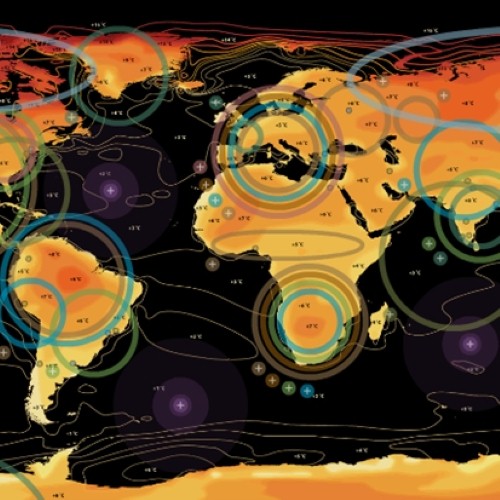Future migration patterns explored
- Details
- Created on Friday, 16 March 2012 15:12
- Written by Editorial staff

The influence of climate change has picked up more public attention in recent years as scientists examine its causes and try to infer the possible impacts it could have on the planet.
While one of the more widely circulated outcomes of an increase in temperature around the world is a rise in sea levels.
A warmer atmosphere means that more of the ice around the earth's poles melts, releasing water back into the ocean that has been locked up for centuries.
The sheer volume of liquid required to generate measurable increases in tidal flow are staggering and would also have a massive impact on weather conditions for decades to come.
These factors have formed the core of a new paper released by the Asian Development Bank (ADB) specifically in the context of migration.
In addition to having an impact on the natural environment, hazardous weather patterns and rising water levels have the capacity to threaten the lifestyles of millions of people.
The paper - Addressing Climate Change and Migration in Asia and the Pacific - helps to quantify the potential outcomes for countries such in the region.
It also examines the possible implications for surrounding nations that may already be facing difficulties in managing population levels.
The report notes that the areas currently affected are amongst the most populous in the world - being the home of almost 4 billion people - and that climate change could add to the more than 42 million individuals who "were displaced by sudden-onset climate related and environmental disasters" in 2010-11.
The report asserted: "Given that climate change acts as an aggravating factor for environmental degradation, it is expected to boost the number of people migrating because of environmental changes, both sudden and slow onset.
"Though the amplitude of these movements remains difficult to forecast, climate change is likely to become a major driver of migration in the 21st century."
These warnings are specific to coastal cities and low-lying communities in the Asia-Pacific region, where tidal shifts of less than a metre can still have dramatic consequences for public infrastructure and property.
While the impacts of these global weather patterns has yet to make its effects fully known, it could be that Australian migration agents will be heavily involved in assisting the resettlement efforts should environmental disasters increase in frequency and intensity over the next decade.
News Archive
- 2014
- 2013
- December (21)
- November (29)
- October (21)
- September (20)
- August (22)
- July (21)
- June (20)
- May (23)
- April (22)
- March (27)
- February (19)
- January (20)
- 2012
- December (14)
- November (17)
- October (20)
- September (16)
- August (23)
- July (21)
- June (18)
- May (22)
- April (18)
- March (20)
- February (18)
- January (19)
- 2011






